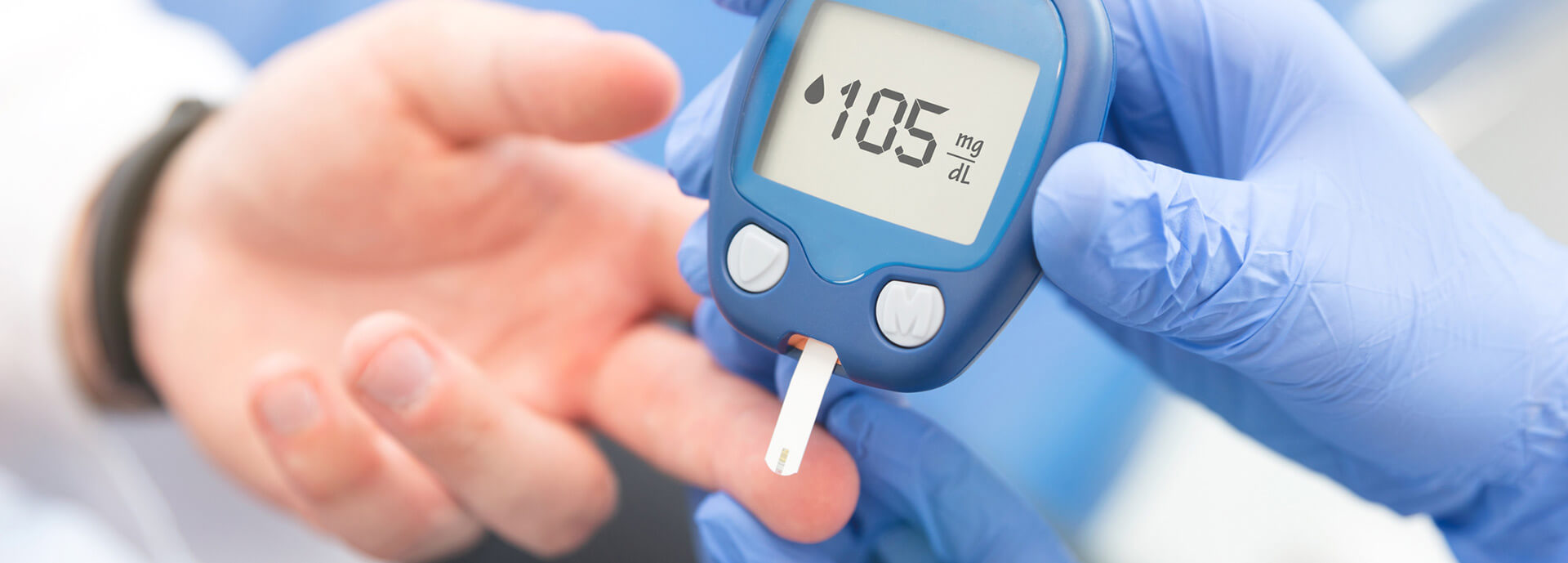Creating new guidance to improve pre-hospital emergency care
Stirling’s hypoglycaemia emergency research improved UK Joint Royal College Ambulance Service Clinical Guidelines for paramedics attending hypoglycaemic emergencies – which involves up to 95,000 patients per year.
The new guidelines enable paramedics with the skills they need to address hypoglycaemia unawareness, and patients are now advised to follow-up their diabetes care to treat that unawareness. This reduces the number of ambulance attendances those individuals need in the future.
The University’s emergency research also helped to improve third sector policy and service delivery because it has influenced how national third sector agencies develop their policies — including Diabetes Scotland and Chest Heart and Stroke, Scotland. As a result of our research, those policies have evolved to become more evidence-based and have enhanced the ability of agencies to deliver their care services.
As a result of our research, those policies have evolved to become more evidence-based and have enhanced the ability of agencies to deliver their care services.


